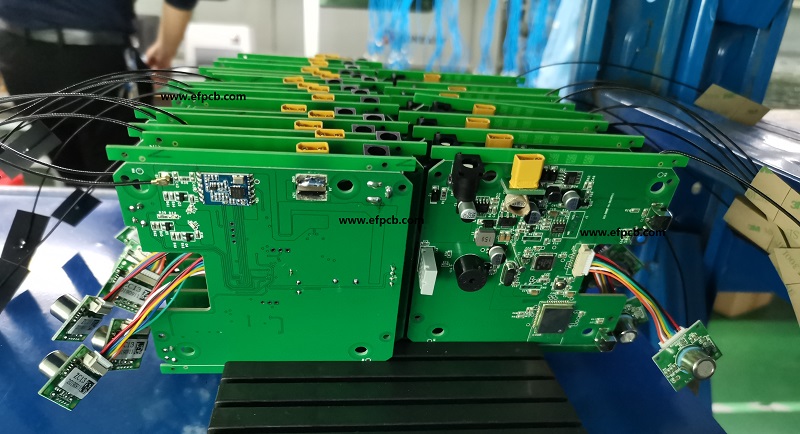PCBA is the Heart of IoT and Smart Devices

Keywords: PCBA China
In the dynamic realm of the Internet of Things (IoT), where devices seamlessly communicate to enhance our daily lives, the Printed Circuit Board Assembly (PCBA) plays a pivotal role as the unsung hero behind the scenes. This blog post delves into the significance of PCBA China in IoT devices, exploring its functions, challenges, and the evolving landscape of this integral component.
Key Functions of PCBA in IoT Devices
Component Connection and Integration
PCBA serves as the platform for integrating a myriad of electronic components such as microcontrollers, sensors, actuators, and communication modules. The careful arrangement and connection of these components on the PCB are crucial for the device's functionality.
Power Management
Efficient power distribution and management are essential for IoT devices that often operate on battery power. PCBA ensures that power is supplied optimally to each component, maximizing energy efficiency and extending the device's operational life.
Signal Processing and Communication
PCBA acts as a conduit for signals between different components, facilitating seamless telecommunication. Whether its data from sensors, commands to actuators, or communication with other devices, the PCB's design and layout influence the device's overall performance.
Size and Form Factor Optimization
IoT devices are often designed to be compact and unobtrusive. PCBA plays a crucial role in optimizing the size and form factor of these devices without compromising functionality. Miniaturization and efficient layout design are key considerations in achieving this balance.
Challenges in PCBA for IoT Devices
Miniaturization and High-Density Components
As IoT devices continue to shrink in size, the challenge for PCBA China manufacturer lies in accommodating high-density components on limited real estate. Precision and advanced manufacturing techniques are crucial to overcoming this hurdle.
Reliability in Harsh Environments
Many IoT devices operate in diverse and often harsh environments. PCBA must be designed and manufactured to withstand temperature variations, humidity, and other environmental stressors to ensure the device's reliability over time.
The Evolving Landscape
As IoT technology advances, so does the role of PCBA China in shaping the future of smart devices. The integration of advanced materials, flexible PCBs, and emerging manufacturing technologies is opening new possibilities for compact, durable, and highly functional IoT devices.
- 1HDI PCB Market Outlook 2025: Future Prospects, Growth Analysis & Innovations
- 2HDI PCB Design Comprehensive Guide: Mastering High Density Interconnect Technology in 2025
- 3Understanding UL 94V-0 Flammability Rating for Printed Circuit Boards (PCBs)
- 4PCB core raw material CCL
- 5Top HDI PCB Manufacturers (2024)
- 6IC Substrate | Comprehensive Guide (2021)
- 7Top 10 Flexible PCB Factories in 2025
- 8How to Make mSAP PCB?
- 9The Impact of Trump's Tariff Policy on Chinese PCB Industry and Countermeasures
- 10Top 10 IC Substrate Fabricators (2024)

- Skype ID: shawnwang2006
- Phone No。: +86-755-23724206
- Email: sales@efpcb.com
- Quick Contact
